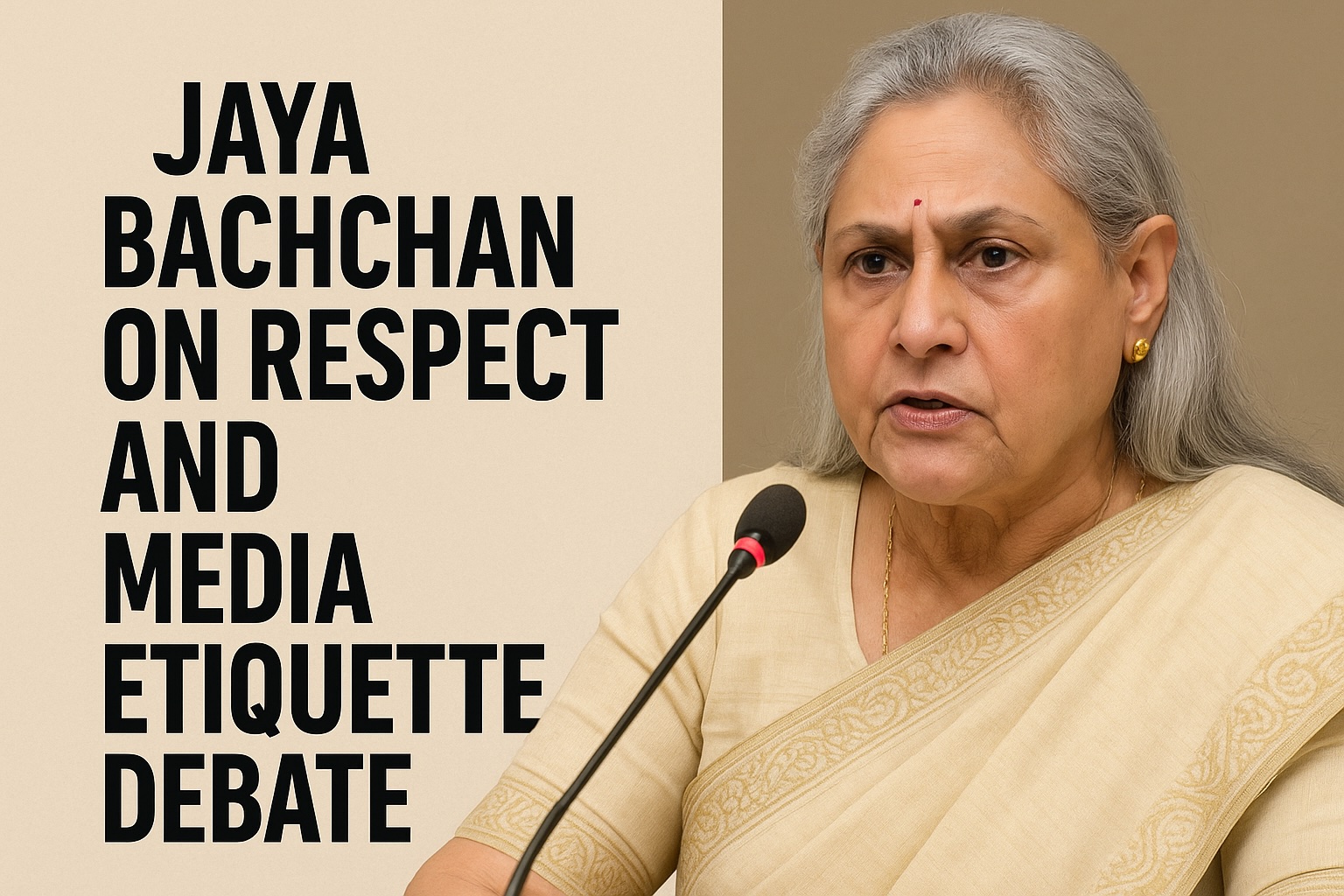Each year the global attention for the business of cinema exhibition in India is increasing and with the advent in technology, the inevitability of High-Definition Digital Cinema in India – The DLP Cinema Advantage seems to be taking a definite shape.
So is there is a definite change and shift in the Indian cinema distribution and exhibition industry?
Digital Distributors like UFO Moviez, E-City (of Zee group), Interworld, Digital Media Matrix, Edex, Pyramid Saimira, Adlabs, PVR are trying to pump in adrenaline into the single screen theatres which have witnessed a sharp reduction akin to the falling collections at the box office window. The projections are that by the end of 2006 as much as 1000 e-digital screens will be established and a definite change and shift in Indian Exhibition will be a turning point and much of consequence.
Businessofcinema.com’s Ashok Anchan met R .V. Vidhani, President of Theatre Owners Association.
RV Vidhani is in the business of cinema since 1970s. “It’s a suicidal business these days,” cries Vidhani.
“From the last 25 years, the ratio of successful films is dropping. Today only 3 to 4 per cent of the films are doing good business. The rest are flops. There is no sufficient flow of films. So how will you provide films for the whole year i.e. 52 weeks?” adds Vidhani.
Look at the figures:
During the 80s to 90s, on an average rate of 133 movies per year were released. Only 47 films were hits which is around 36 per cent. So 64 per cent were flops. In 90s to 2000, on an average rate of 144 movies were released per year. That time only 27 films were hits, which is 19 per cent. Thus 81 per cent were flops. From 2000 to 2004 on an average rate of 234 releases per year, 19 were hits which is 8 per cent; while 92 per cent flopped. In 2005, 244 films were released. There were 24 hits…9.84 per cent. Clearly reason enough for many people to ‘pack up’!
“The conditions of single screen owners are pathetic,” confides Vidhani. “The licence given to them cannot be revoked or cancelled. They have to carry on. With the audience ratio falling and films not doing well, it becomes an agonising situation to maintain the theatres. First the entertainment taxes was 100 per cent which was scaled down to 60 per cent to 55 per cent. Last, when the theatre owners downed shutters, then the ET was reduced to 45 per cent,” reveals Vidhani.
Shedding more light on theatres, Vidhani adds, “From 1993 – 1994 there were 12,486 single screen cinemas all over India. In 2002 to 2003 it was reduced to 10,964. Now the figure has come to 10,500. With 145 cinemas closed, the total in Maharashtra state has fallen to 1,080. In Bombay (including city and suburbs) we had 180 cinemas. Now it has fallen to 130.”
Today, thanks to the State Government’s initiative, multiplexes are multiplying… Vidhani adds, “The multiplexes will have to fulfill certain conditions before they become eligible for the concessions. Each multiplex should have a video parlour for the children, art gallery, an exhibition centre, cyber café, refreshment stalls, adequate car parking space etc. For all existing and upcoming multiplexes, there is a total exemption from entertainment tax for the first three years. After that they will have to pay 25 per cent as ET for the next two years. But all other taxes, such as property tax, water tax will stay. According to industry’s practice the multiplex owners pay to the distributors 48 per cent in the first week, 38 per cent in the second week and 30 per cent in the third week. But even there the business is lacking. Throughout the year 50 to 60 per cent screens fail to provide films for screening in their complex. Go to the collector’s office and you will be shocked at the figures you receive.




